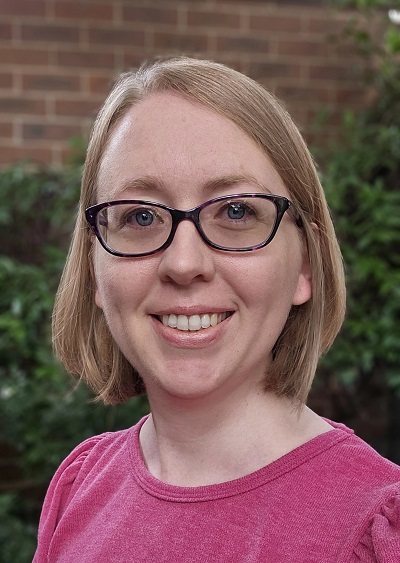
B.S. Michigan State University (2009)
M.S. New Mexico State University (2013)
Ph.D. New Mexico State University (2015)
My research focuses on understanding how galaxies evolve and build up their mass by tracing the flow of gas into and out of galaxies. I observe this gas in the circumgalactic medium (CGM), which is a massive and diffuse reservoir of gas surrounding all galaxies out to distances that are hundreds of times the sizes of the galaxies themselves. I determine whether the gas is falling onto the galaxy from the cosmic web, flowing outwards from the galaxy due to star formation, recycling back onto the galaxy from the CGM, or being tidally stripped from merging satellite galaxies. This cycling of gas is known as the baryon cycle.
I observe the CGM using spectrographs on the Keck Observatory, the Very Large Telescope, and the Hubble Space Telescope. I search for cool and warm gas traced by hydrogen, oxygen, carbon, and magnesium in the CGM using two methods:
1) Absorption in the spectra of bright background objects such as quasars. I compiled MAGIICAT, the MgII Absorber-Galaxy Catalog, to characterize cool gas in 200 galaxies and galaxy groups over the last 6 billion years. I am now building the CGM at Cosmic Noon with KCWI catalog to study galaxies 10-12 billion years ago when they were most actively evolving.
2) Emission where the gas itself is glowing faintly. I am a member of DUVET (Deep near-UV observations of Entrained gas in Turbulent galaxies), which aims to track gas flowing out of and to large distances beyond nearby starbursting galaxies. My work directly maps the CGM around these galaxies, aiming to find where galaxies end and the CGM begins.